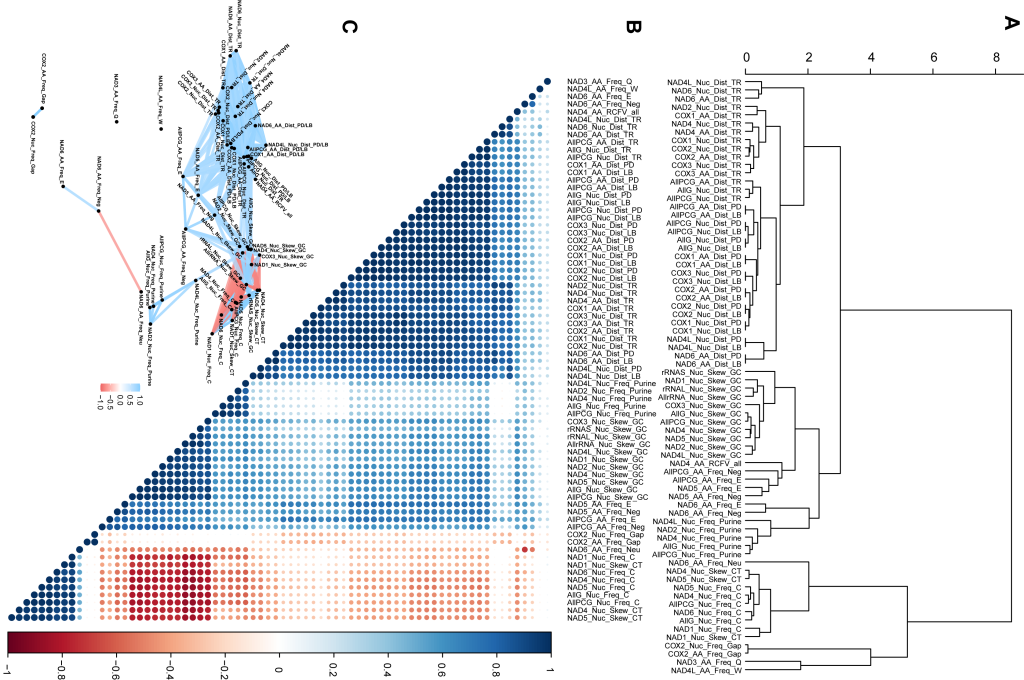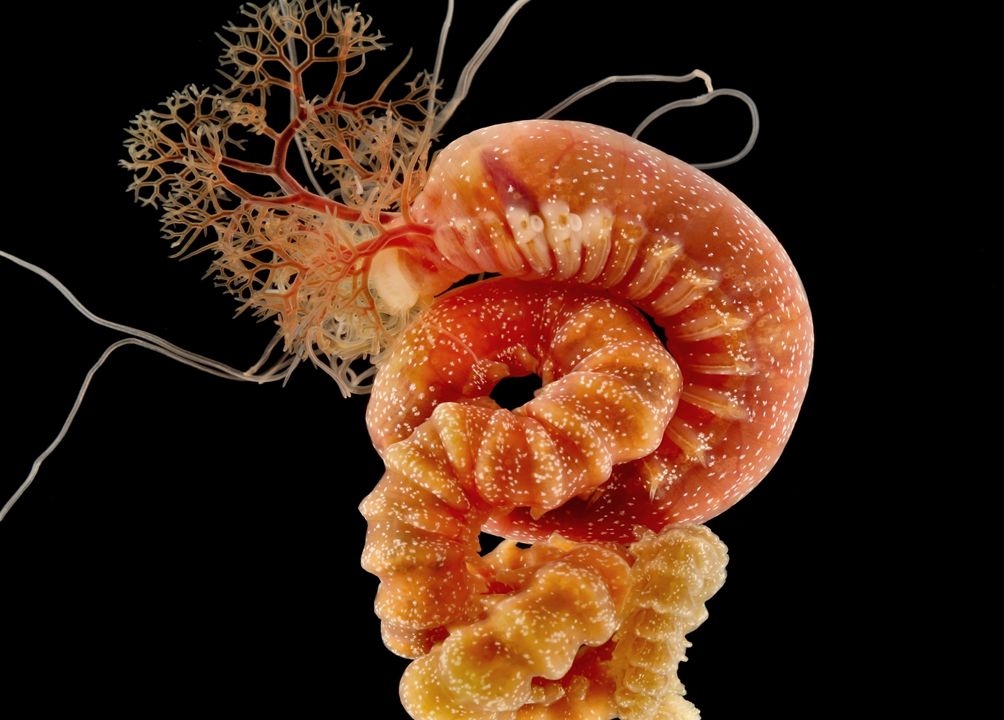Mitochondria are the energy plant of our cells. Originally, they were bacteria, but then they were captured by the ancestors of eukaryotes (among others all animals, mushrooms and plants) and used to produce energy for the cell. This is also known as the endosymbiotic theory. An inheritance from that event is the present of a mitochondrial genome. In most animals this genome contains only 37 genes and not more. This makes a wonderful tool to investigate genome evolution and especially the order of these genes to each others. In same animal groups this gene order is very conservative, while in others it is very variable. We generally do not know why that is the case.

The mitochondrial gene order of the ringed worms, Annelida, supposedly shows conserved gene order shown above. However, authors have recently cast doubts on the conserved nature of the annelid gene order. Various factors may influence gene order variability including, among others, increased substitution rates, base composition differences, structure of non-coding regions, parasitism, living in extreme habitats, short generation times, and biomineralization. However, these analyses were not done systematically comprehensively. Several focused on only a few of these factors and biological factors were usually explored ad-hoc without rigorous testing.

In the paper “Mitochondrial Genome Evolution in Annelida—A Systematic Study on Conservative and Variable Gene Orders and the Factors Influencing its Evolution” present herein, we investigated the variability and evolution of the annelid gene order and the factors that potentially influenced its evolution, using a comprehensive and systematic approach. The analyses were based on 170 genomes, including 33 previously unrepresented species. Our analyses included 706 different molecular properties, and 20 life-history and ecological traits.

The results showed that the gene order with and without tRNAs is generally conserved. The gene order, which is present in the absolute majority of recent annelid species, evolved about 500 million years ago and has remained unchanged since then. Hence, it is another example of extreme stability, which we see so often in evolution nowadays. However, individual annelid groups can exhibit higher degrees of variability. None of the analyzed life-history and ecological traits explained the observed variability across mitochondrial gene orders. In contrast, the combination and interaction of substitution rates and base composition explained up to 30% of the observed variability. The analyses of different molecular properties of the mitochondrial genomes showed an intricate network of direct and
indirect correlations between the different molecular factors. Hence, gene order evolution seems to be driven by molecular evolutionary aspects rather than by life history or ecology.
If you enjoyed the teaser please read our paper:
Torsten H Struck, Anja Golombek, Christoph Hoesel, Dimitar Dimitrov, Asmaa Haris Elgetany, Mitochondrial Genome Evolution in Annelida—A Systematic Study on Conservative and Variable Gene Orders and the Factors Influencing its Evolution, Systematic Biology, Volume 72, Issue 4, July 2023, Pages 925–945, https://doi.org/10.1093/sysbio/syad023
![]()

1 Comment on “The mitochondrial gene order of Annelida – extremely old, but still working”